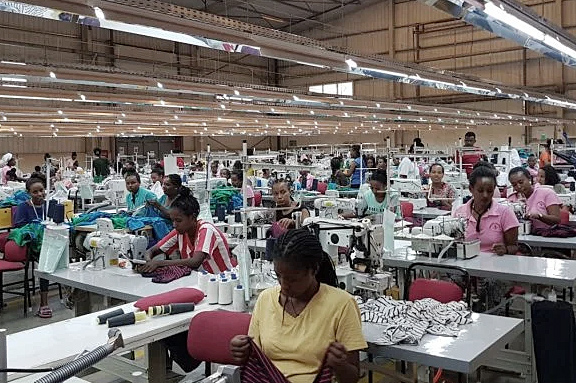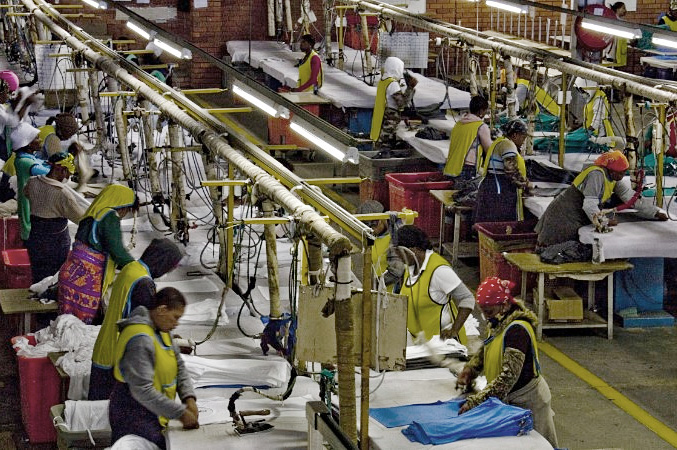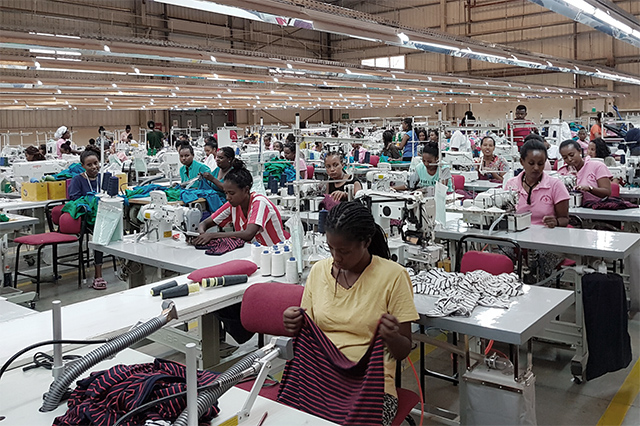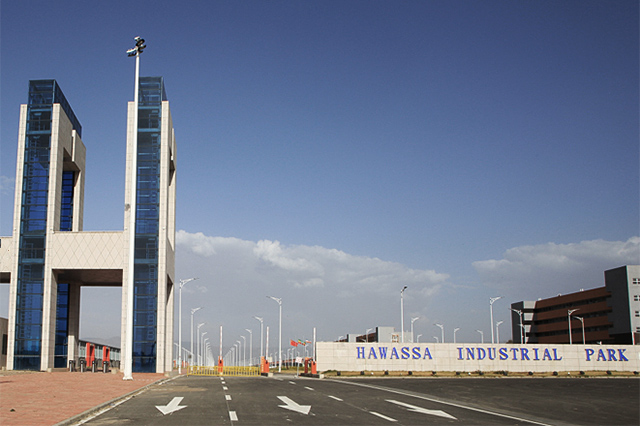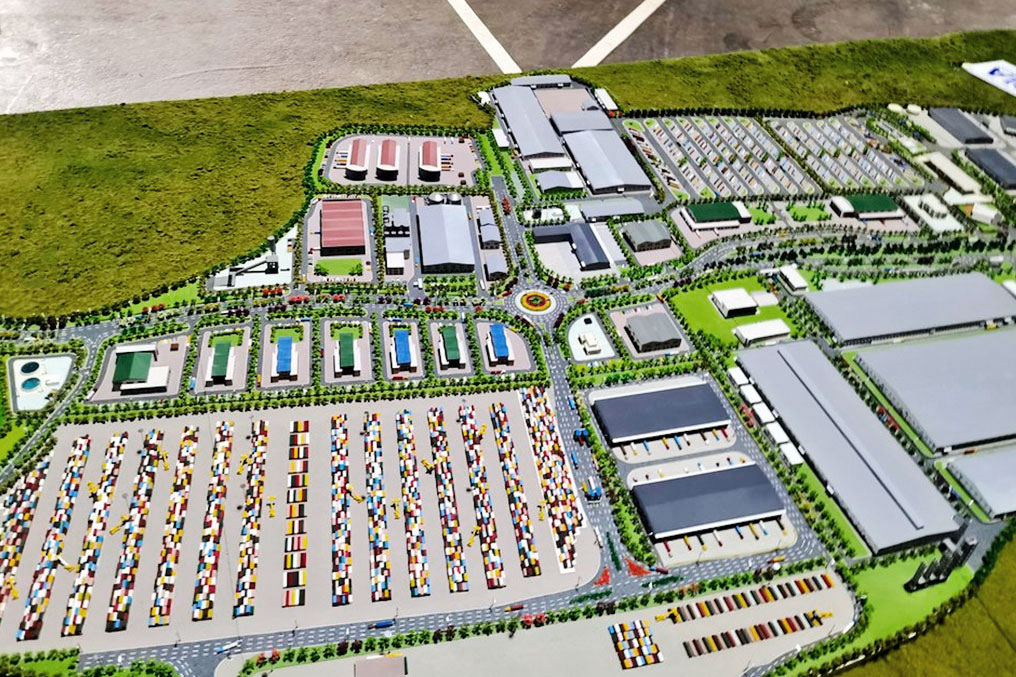The global market for denim: challenges and opportunities
The global denim business faces considerable pressures these days. The global recession of a few years ago has left a lasting impact on consumer spending. Expensive is out; cheap is in. Credit-fueled spending has given way to tight budgets as consumers continue to pay off their debts from the years leading up to the recession.
As a result, sales of jeans in the United States, for example, have declined over the past several years, while the popularity of low-cost knitted athletic wear has gained considerable market share. There was once a time when the purchase of a pair of jeans for a young consumer became a prized possession. Today, that’s less the case, as smart phones and other gadgets compete with jeans for consumers’ attention. It is true that the extreme high end of the jeans market remains robust, but the mass market for denim around the world has stalled.
Another factor has also affected the denim market: synthetic fibers. In an effort to lower the cost of mass-market jeans production, many manufacturers have replaced cotton with polyester. Stretch fibers have, of course, been a force in denim for many years. But since cotton prices soared to over $2 per pound in 2011, both mills and apparel companies have scrambled to find more economically priced fibers for use in their denim. Of course, cotton prices have since moderated, but so has the price of polyester solidifying gains by synthetics.
So all of these factors add up to one thing: there’s an oversupply of denim worldwide.
Certainly, the jeans business is cyclical, but skepticism plagues the market. Many retailers have said that without question, denim has passed “the top of the cycle” right now. Due to anemic demand, and an increasing switch to blends, global denim prices are relatively weak. The overcapacity situation has further dampened price levels. It appears that demand will only fall over the next few years. Over that time, excess capacity will be shed around the globe. Yet, even though capacity will be reduced in aggregate around the world, some countries will actually step up construction of new mills.
In terms of trends, I foresee a continuing decline in aggregate denim capacity over the next few years as inefficient mills in Europe, North America and Asia are dismantled, while at the same time new capacity comes online in China, India, Turkey and Brazil. The growth in these countries and a smaller number of other producers like Vietnam, will in time grow to offset declines in less efficient capacity elsewhere. Indeed, the cyclical nature of the global denim business seems to indicate a cycle of approximately five years in length, with capacity being added and deleted as fashion and other factors increase and decrease demand for basic denim.
However, looking out to the end of the decade, I believe there will be increased demand for more elaborate variations of denim than had previously been the case, and that the stretch qualities of elastomeric products will help maintain denim sales for some producers globally.
From the mill perspective, countries/regions that will see consolidation:
• North America
• Europe
• Selected Asian Suppliers (Indonesia, Korea, Taiwan)
In turn, countries that will see strong growth:
• China
• Turkey
• Brazil
• Vietnam
• India
• Pakistan
There will be great changes in Asia, with China taking on an increasingly greater role in the world market for denim. Though a significant supplier of denim today, China’s apparel industry does consume large quantities of denim that, in turn, are exported to the U.S. and Europe – thus setting the stage for China to emerge as a growing supplier of denim cloth.
China will be the dominant supplier of denim before the end of the decade. There is already strong evidence that China is learning how to make quality cloth, but at much lower prices than other suppliers. Although China’s burgeoning apparel industry has initially fueled expansion of China’s denim capacity, China will also likely carve out a growing share of the global denim market at the expense of other suppliers. Denim is no different than the industry’s experience with other fabrics, as Chinese producers continue to distinguish themselves as low-cost manufacturers.
Of course, labor costs have risen sharply in recent years, which may temper growth in apparel exports, but even so, the market for denim will remain in Asia. In turn, domestic consumption of jeans in China will only continue. As a result, denim mills throughout China will continue to enjoy an export business regardless of the future of the apparel industry.
There will be strong growth in denim production in India, Pakistan and Vietnam over the next few years, though Vietnam is still a bit of a wildcard at this time. Vietnam has the potential to rival China as the dominant denim supplier in the world, though for the moment, China continues to be more central to the production of denim than Vietnam.
If labor costs continue to rise in China, while remaining moderate in Vietnam (and even in Bangladesh), China will lose out. But only time will tell. Strong growth will occur in India, and to a lesser degree in Pakistan. It is possible that growth in both countries could be hampered by poor quality control, rising production costs and inefficient plants and management, while India’s growth potential could also be dampened by the government’s excessive intervention in the textile sector. If producers can overcome these possible problems, then denim production will remain a central component of the textile industry in both countries.
For the foreseeable future, North America will be subject to greater imports of denim cloth and apparel containing denim. This in turn will drive more domestic mills out of the market, which means that Mexico, in particular, will become less of a force as the decade progresses.
The promise of Mexico as a long-term bastion for U.S. mills has proven to be a losing proposition, particularly as China has grown to dominate the U.S. market after import quotas were eliminated in 2005. Interestingly, Brazil is well positioned to capitalize on its strengths as a regional supplier. With a large supply of domestic cotton and a large built-in domestic consumer base, Brazil may prove to be a growing center of denim production and design.
Europe has a modest denim industry today, but the current capacity, largely centered in Italy, will be reduced as the Italian industry increases sourcing of cloth from Turkey and North Africa. Eastern Europe may also become a new sourcing option for Italian apparel companies eager to lower production costs. Europe is primarily a net-importer of denim apparel. Turkey will be a strong supplier of denim in the future, with the E.U. as its central market. The U.S. will likely continue to be a secondary market for Turkish exporters. And as the traditional industry in the E.U. falls away over time, Turkey will step in as a major force, while smaller suppliers like Tunisia and Morocco will emerge as important secondary suppliers to the E.U. as well.
At this time, it does not appear that Africa will grow into a world-class supplier of denim by the end of the decade, although the region may rise as a significant producer of jeans and other denim apparel. As the continent grows under the African Growth and Opportunity Act (AGOA), and continues to receive investment from China, India, and elsewhere, cut and sew operations will take center stage, but imported fabrics will largely support this production. In part, this will be driven by the fact that the AGOA agreement makes it much more economical to import cloth than to buy it locally.
Despite the gloomy picture I painted earlier about today’s market, global demand for denim will pick up later this decade. Fashion trends come and go. Some may feel that consumers will continue to buy cheap athletic wear, but I question what will happen as young consumers age. Will they still want to wear the sweats every day? I doubt it.
Denim is backed by a history of success. As a consumer product, jeanswear has survived fashion changes and economic challenges many times before. This success is due in part to the versatility of the product itself. When I grew up in the 1960s, denim was considered radical; wearing jeans made social statement. Today, jeanswear may have a more mainstream connotation, but it is also often acceptable to wear jeans to business meetings. Times have changed, but denim has remained a staple for so many.



